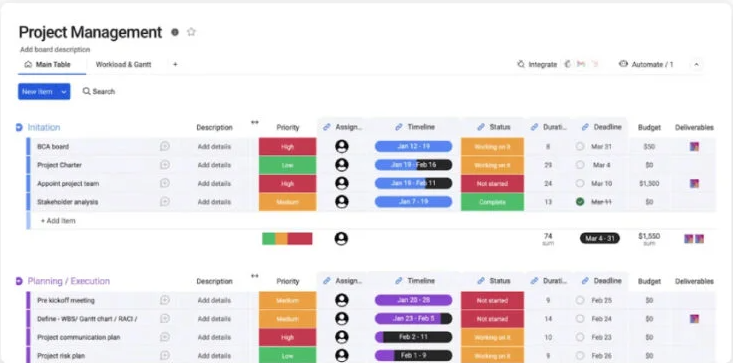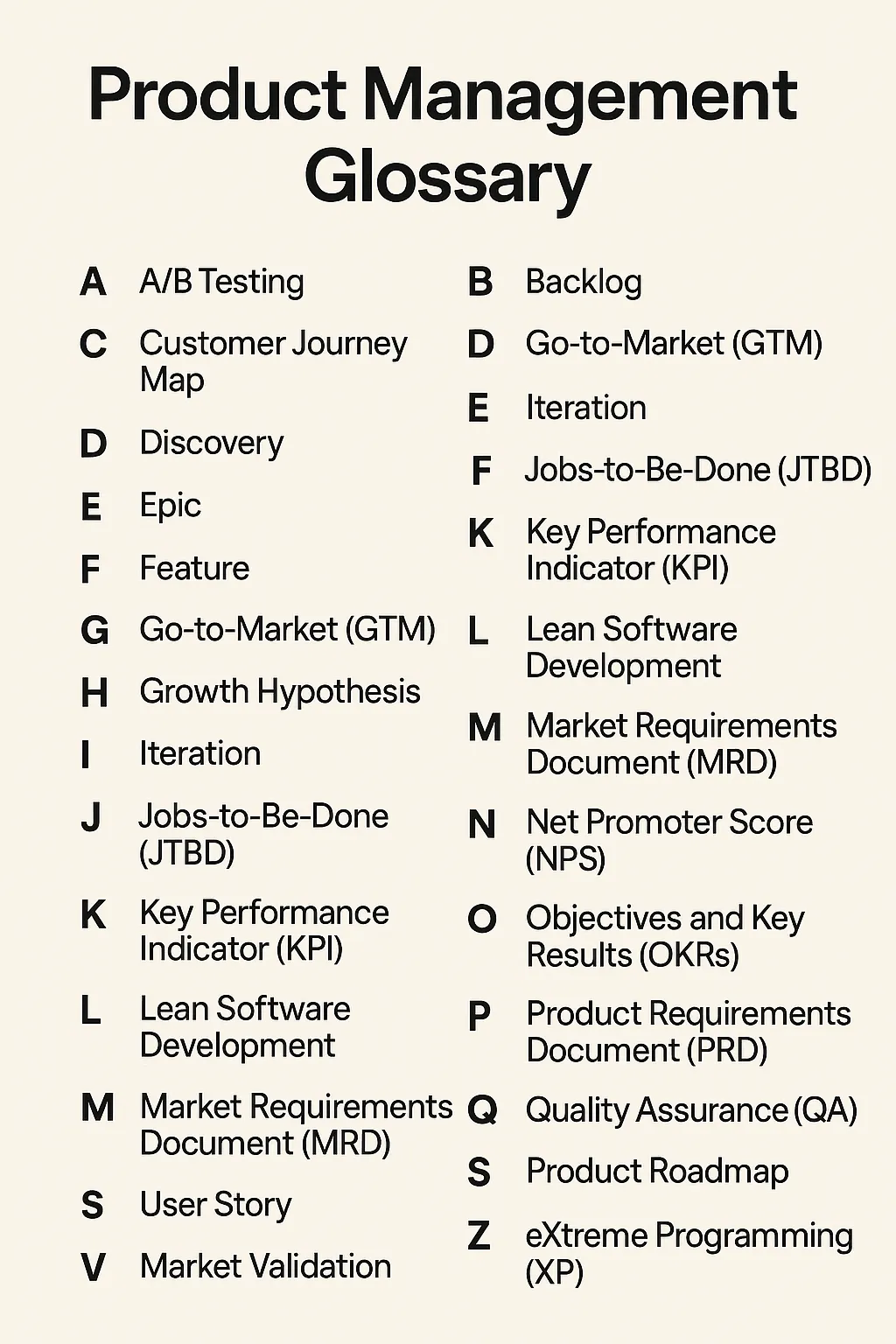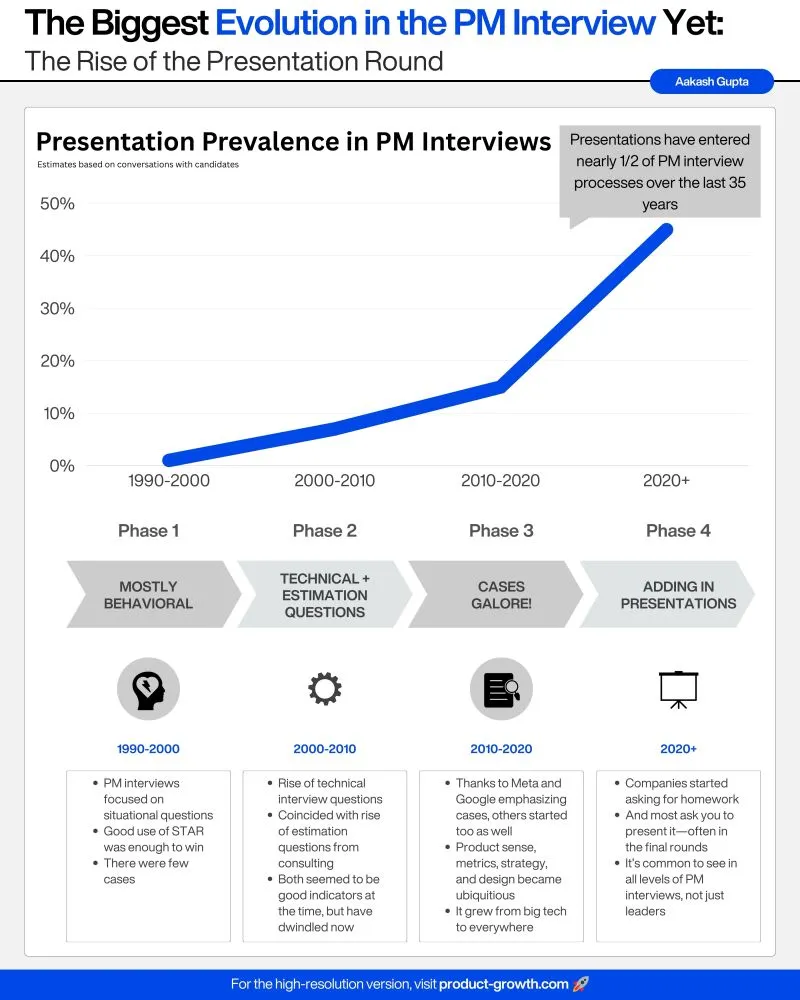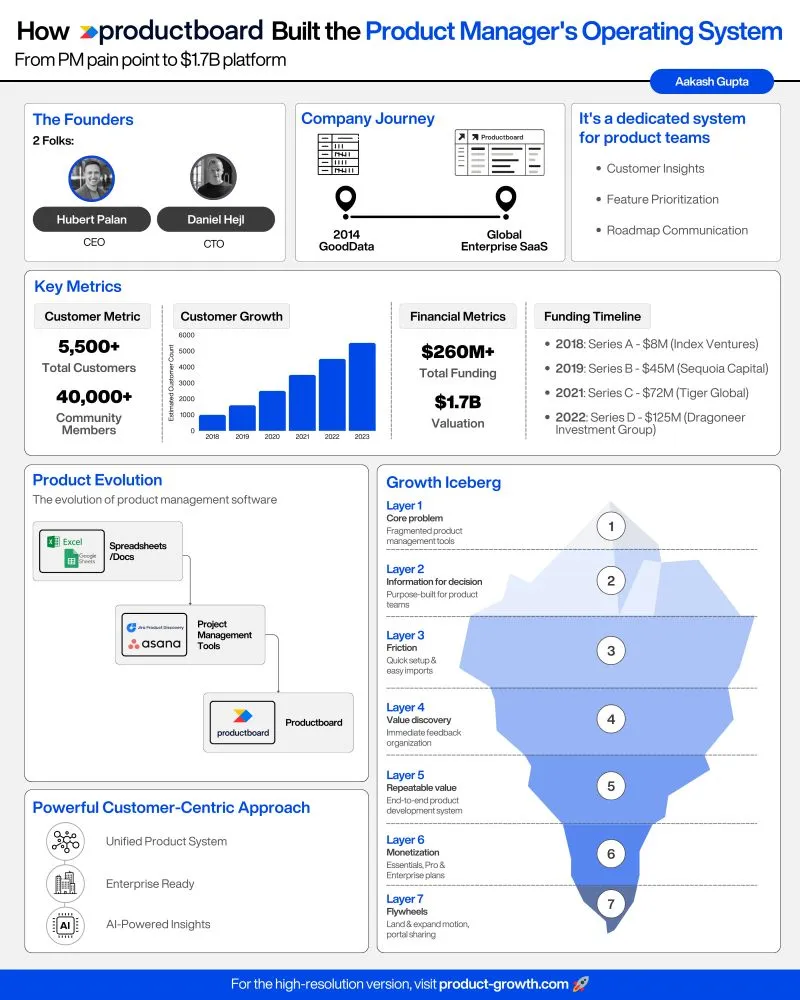
Free Project Plan Templates
Check out these templates and select the one that best satisfies your project needs.
Customizable project management plan template
monday.com’s template can be customized with ease to match the specifics of your project.

Visit monday.com to download template
Simple project plan template
ClickUp’s project plan template is perfect for novice project managers as it is ready to use and easy to understand.

Visit ClickUp to download template
Comprehensive project management plan template
Smartsheet’s sample template is comprehensive and contains all the important elements of a project management plan.

Smartsheet example plan.
Visit Smartsheet to download template
Things to Consider Before Creating A Project Management Plan
Plan ahead for project success by considering the following key components of a project plan before creating one.
- Project objectives: Clearly define the desired outcomes, deliverables, and purpose.
- Project scope: Determine what is included and excluded.
- Resource allocation: Identify required people, budget, and tools.
- Timeline and milestones: Set deadlines and key deliverable dates.
- Budget: Define or access the budget for the project.
- Risk assessment: Anticipate risks and develop mitigation strategies.
- Communication plan: Create a plan for formal and effective communication with all parties throughout the life of the project.
- Tools and documentation: Identify which tools to use for documenting, tracking, and completing work and provide everyone access following kickoff.
6 Best Practices for Mastering a Project Management Plan
1. Define clear goals for the project
Start by identifying its objectives and desired outcomes, and clearly articulate what success looks like. Assess if the project has been done before and determine what needs to be achieved. Establish how success will be measured and confirm buy-in from key leaders and the organization. Evaluate the project’s priority, including whether there is an MVP or multiple phases. Identify necessary resources, both internal and external, and establish a timeline for completion.
2. Map out the scope of the work
To map out the scope of work for a project, first understand the overall scope, including deliverables, constraints, and boundaries. Clearly define what is in and out of scope. Determine the budget, noting if it is fixed or phased. Identify specific deliverables and confirm if there is a fixed deadline and the factors driving it.
3. Develop an outline and build the plan
Create a structured plan that details tasks, milestones, and dependencies. Break down the work into manageable components, identifying key milestones and workstreams. Note dependencies between tasks, make educated estimates for new work, and add buffers. Draft the plan, review, and finalize it for execution.
4. Share with stakeholders and the project team
Share the project plan with stakeholders and the project team, present your initial plan, and seek their input to ensure alignment and buy-in. Clearly explain the project’s details, including objectives, scope, and milestones. Ensure the appropriate leads are assigned to each workstream, even if they need to delegate tasks. Highlight potential risks and obtain approval from the team on both the draft and final plans.
5. Consider risks
An unavoidable reality to address is project risk. Expertly navigate project risks by conducting a thorough risk assessment and planning for potential challenges. Address risky tasks early on to mitigate impact. Watch for scope creep, manage time constraints, control costs, and prevent miscommunication within the team to ensure project success.
6. Stay agile
To remain agile as you work through the project management plan, balance the triangle of scope, resources, and schedule while prioritizing quality and adaptability. Regularly review and adjust processes to meet evolving needs and stay open to change. Embrace evolving requirements and incorporate agile practices into your plan, even if this is only one team’s methodology. Stay flexible and responsive to the sprint-based work environment, even if you choose to just use a hybrid approach to the overall project.
Bottom Line
When creating a project management plan, clearly define project objectives, scope, and goals. List tasks with a set timeline, outline the budget, and establish an effective communication plan with stakeholders to ensure project success.

Anne M. Carroll
Anne M. Carroll is a contributing writer for Project-Management.com, an author, copywriter, and digital project and program management consultant. She is experienced in planning and leading digital teams and projects within highly regulated industries. Anne is the founder of the author community, Writers’ Connection, and blogs on writing, book publishing, and marketing and blogs on writing, editing, and book publishing.








Comments ...
No Comments Yet ...Add One